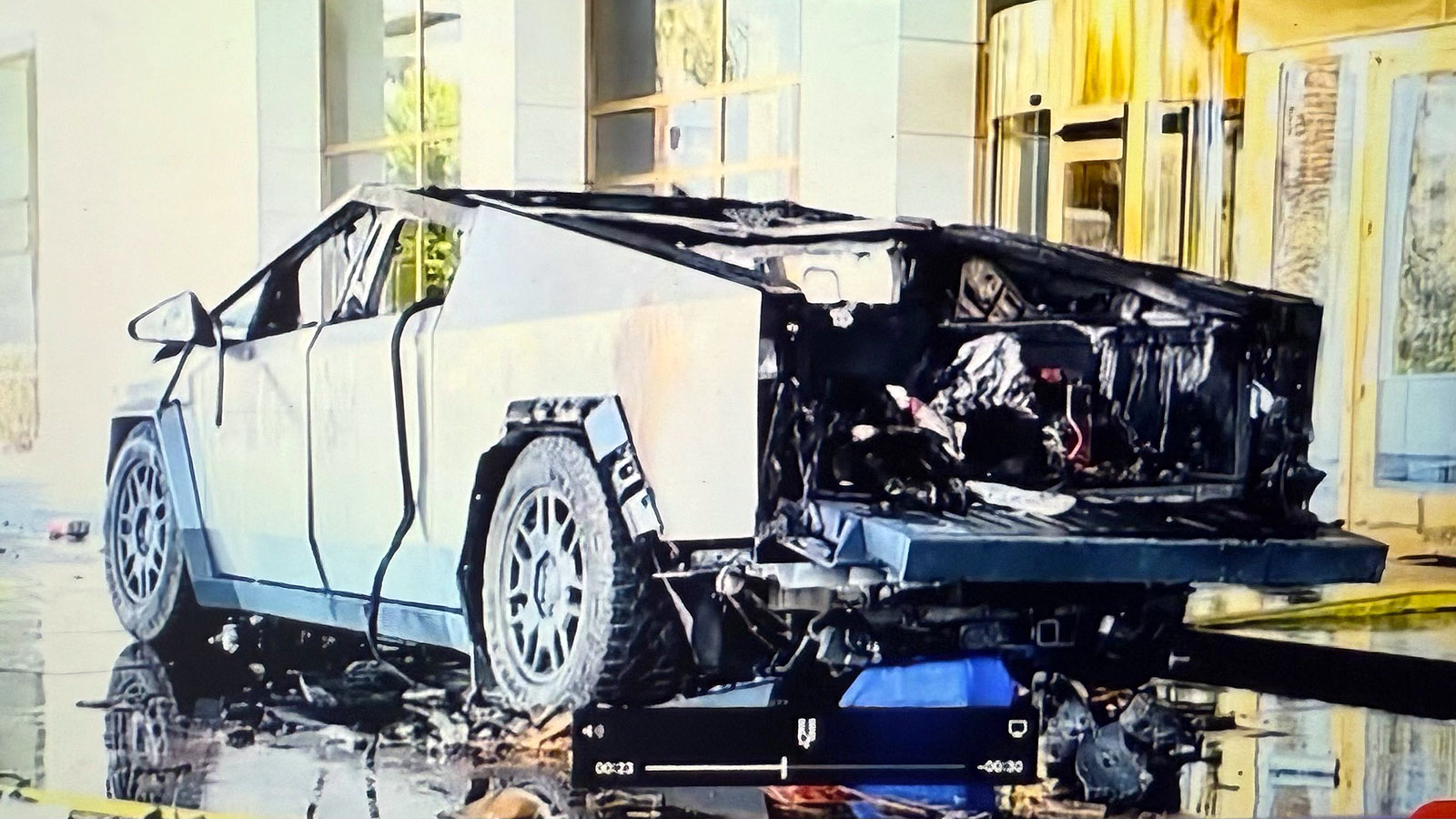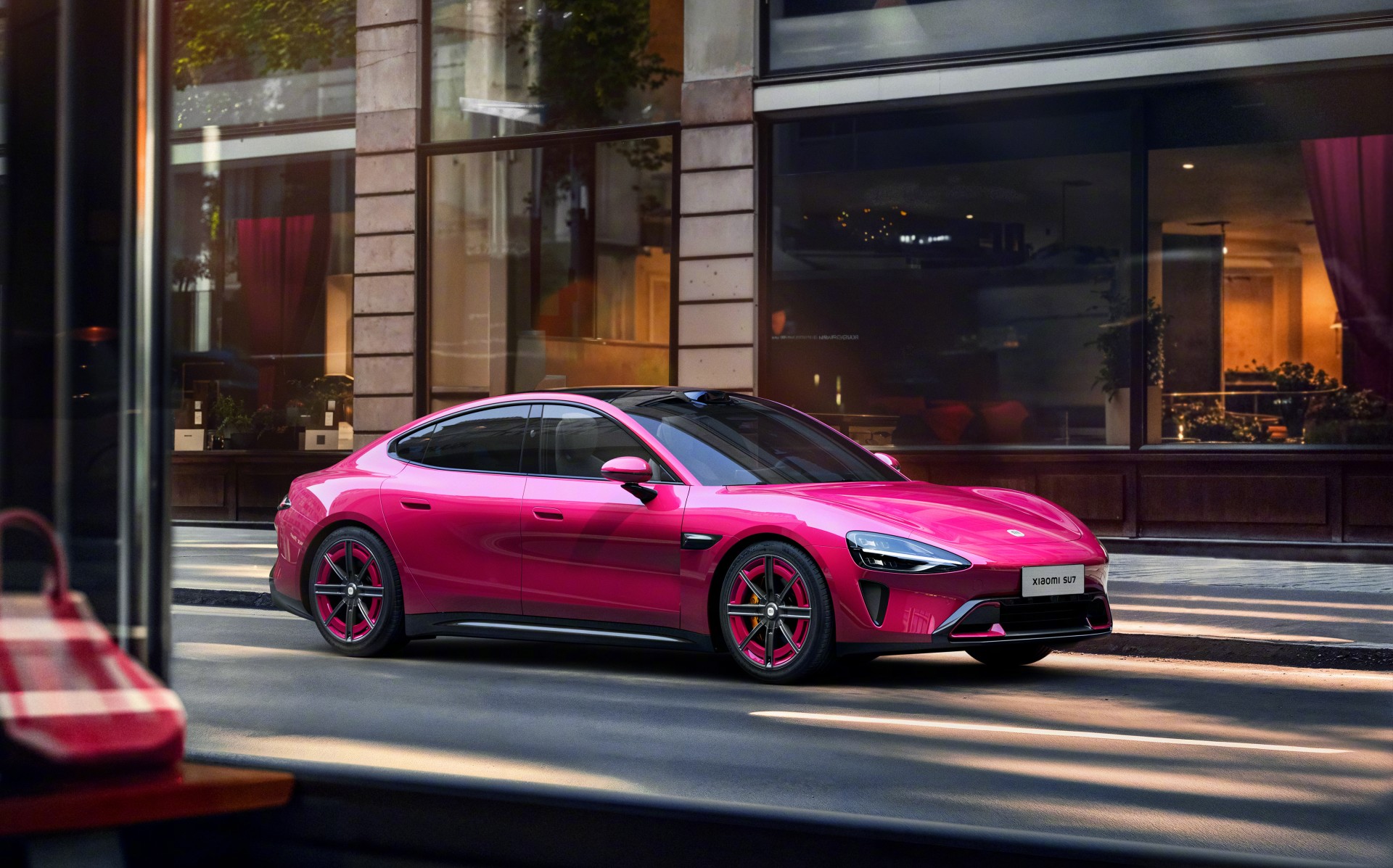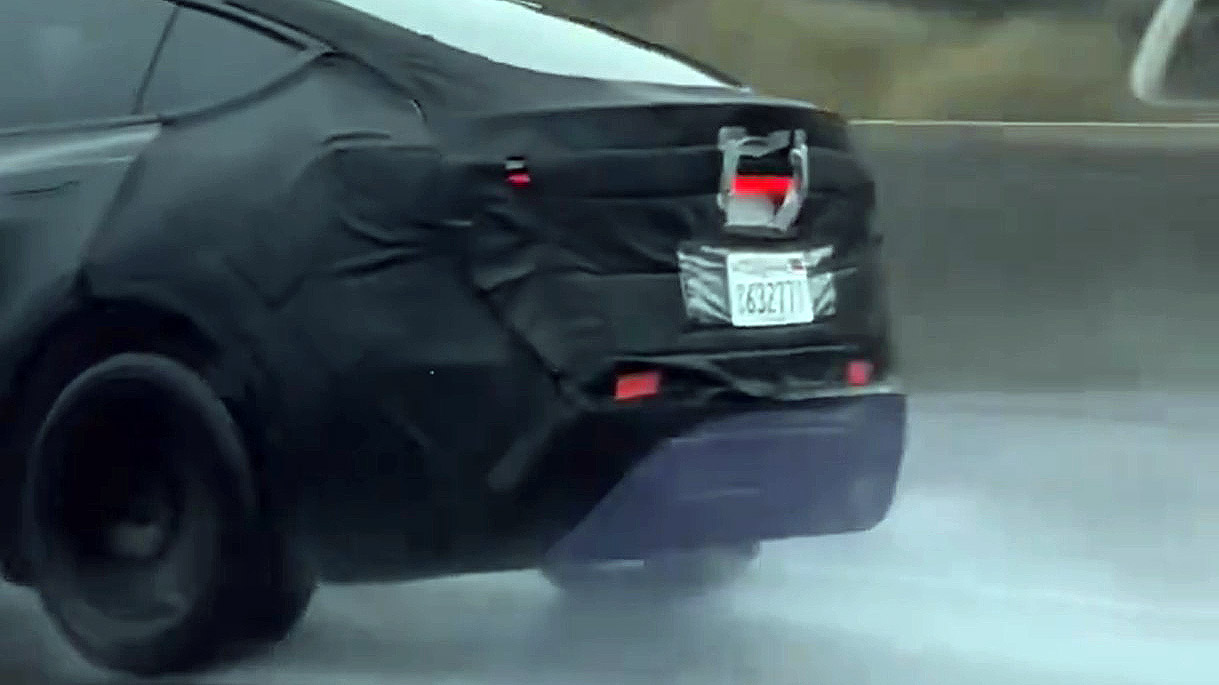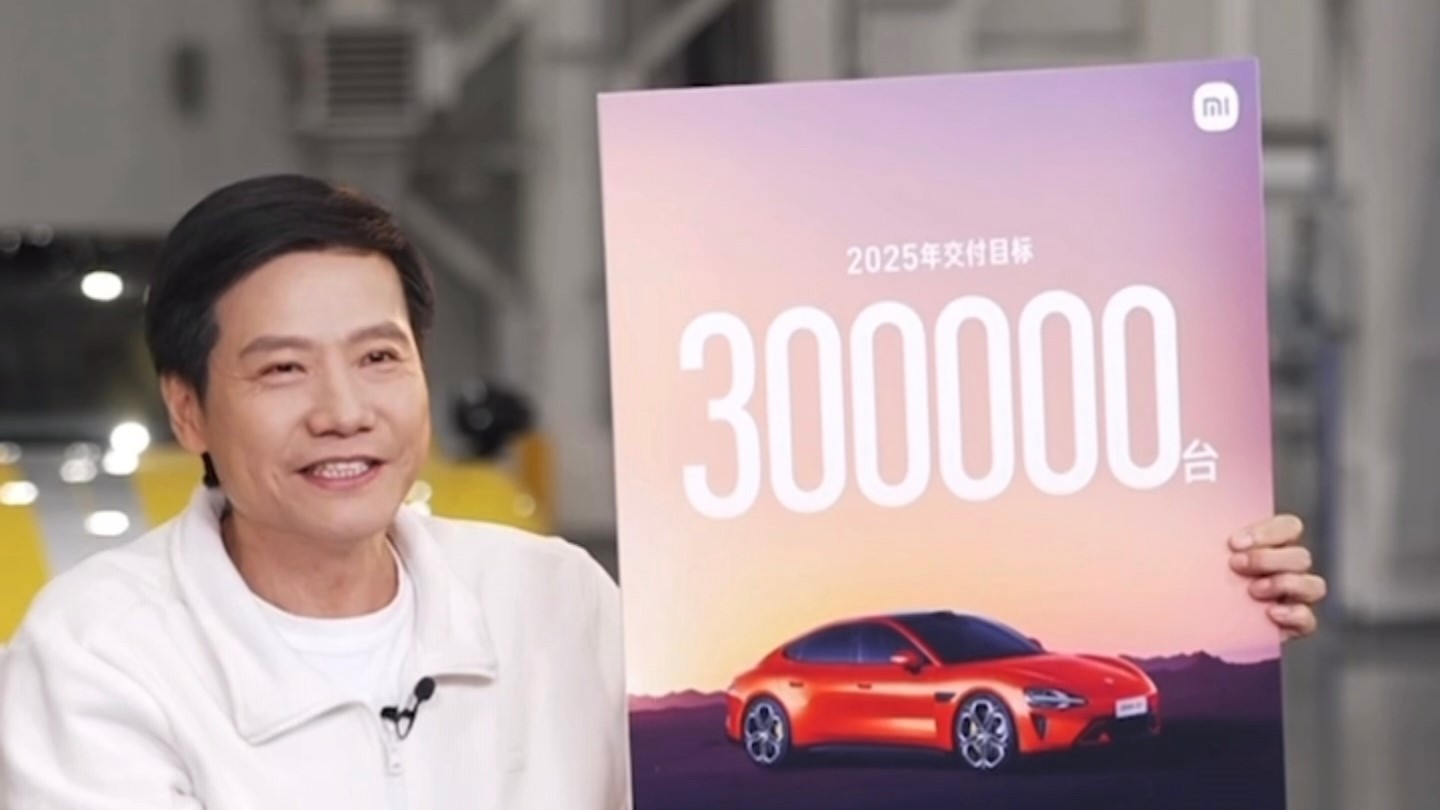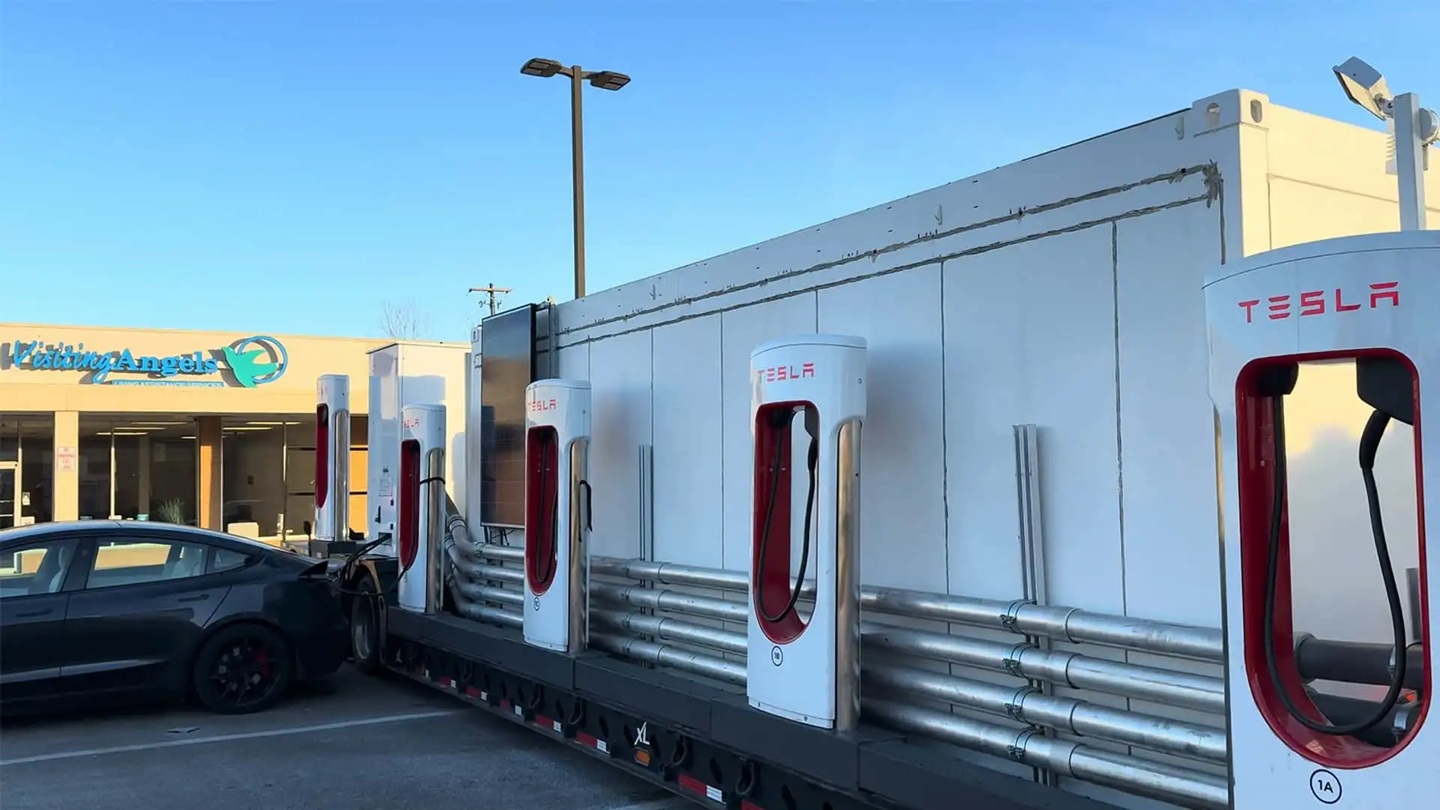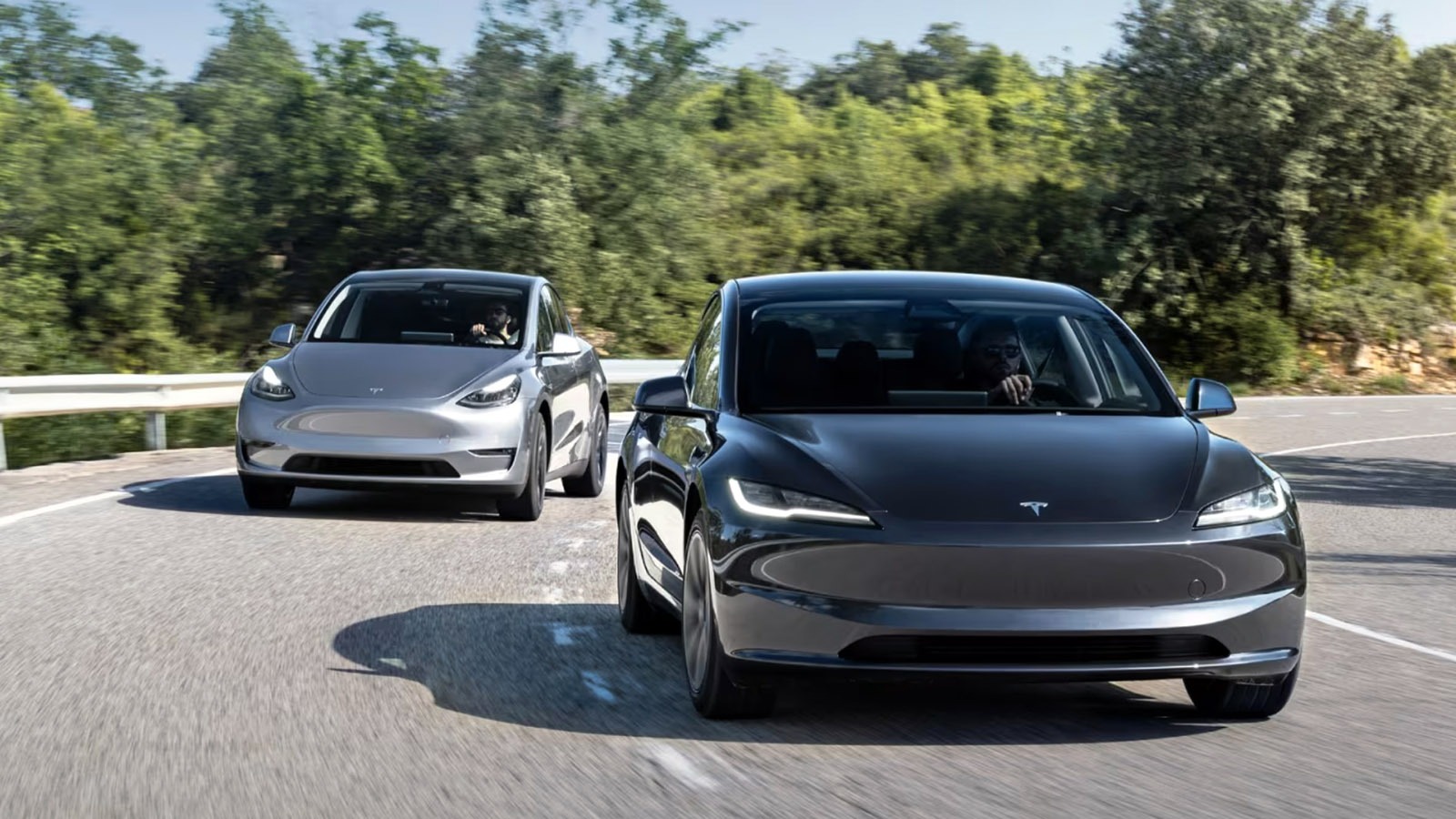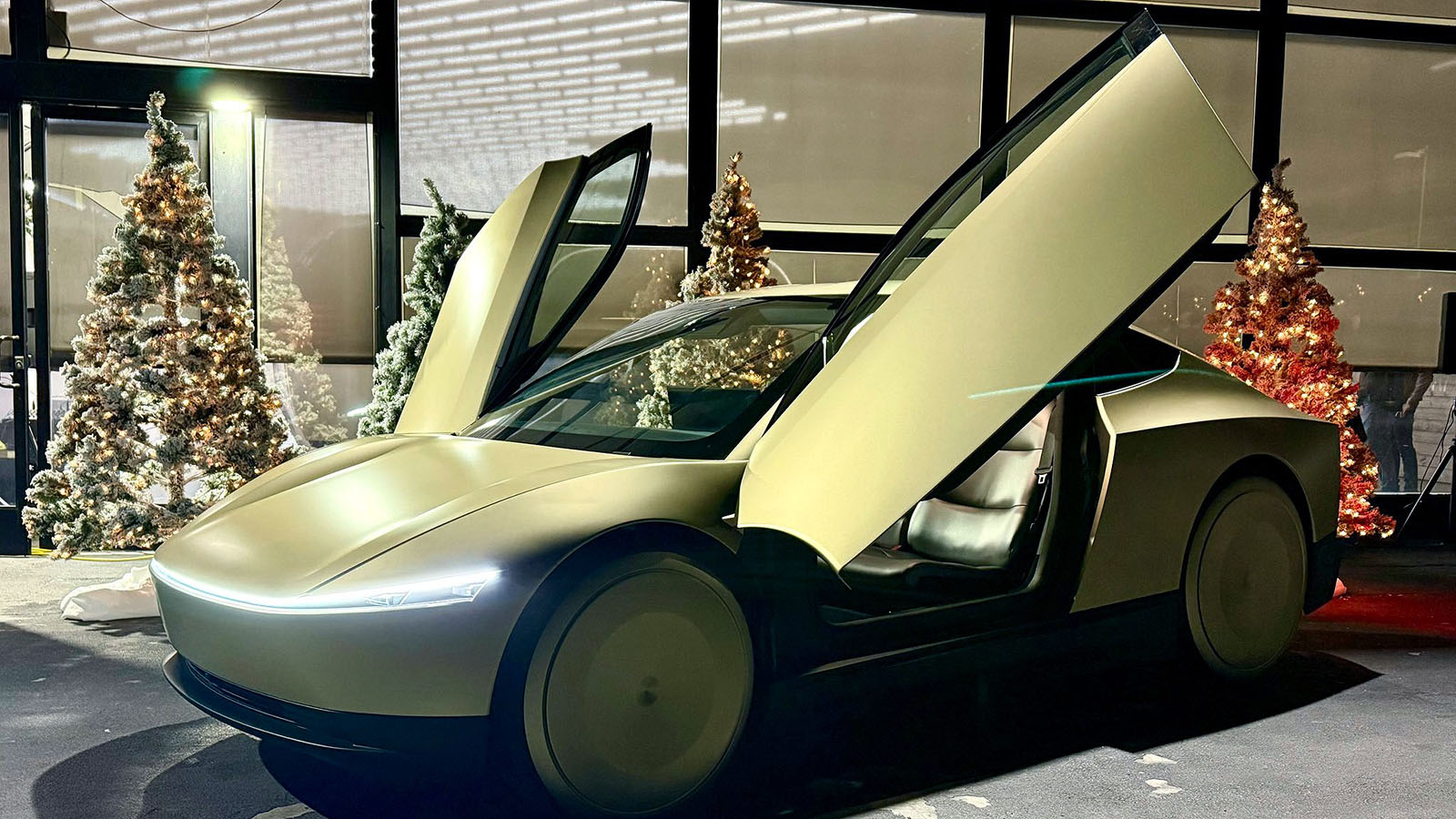In a series of incidents that might be linked, a Tesla Cybertruck was rented via Turo, filled with fireworks, gas canisters, and camping fuel, then exploded outside the Trump Hotel in Las Vegas.
Aftermath of the Explosion
After the explosion, Elon Musk remarked that the Tesla electric truck, known for its stainless steel structure, was probably the worst choice for the individuals behind the blast. The body panels are almost twice as thick compared to standard sheet metal used in other trucks, which helped to restrict the explosion’s impact.
Law Enforcement Response
Authorities have shared images of the Cybertruck, showing that its stainless steel shell indeed played a role in minimizing the damage. The truck bed, packed with explosives, remained intact, and the body suffered little damage. Remarkably, the tires also appeared to be undamaged, avoiding any blowouts or deflation.
According to a law enforcement source, the construction of the Cybertruck may have been beneficial in containing the destruction from the blast:
"The fact that this was a Cybertruck really limited the damage that occurred. Most of the explosion went upward through the truck. Not even the front glass doors of the Trump hotel were broken, despite being right in line with the blast."
Communication with Authorities
Elon Musk and the Tesla team were in touch with local law enforcement who were looking into the explosion, providing insights about how the Cybertruck "locked after it exploded due to the nature of the force from the explosion."
Ultimately, the only person who died was the individual inside the Cybertruck who allegedly caused the detonation, while seven others nearby suffered only minor injuries, thanks to the stainless steel pickup that kept the explosion mostly contained.
Source: Link

